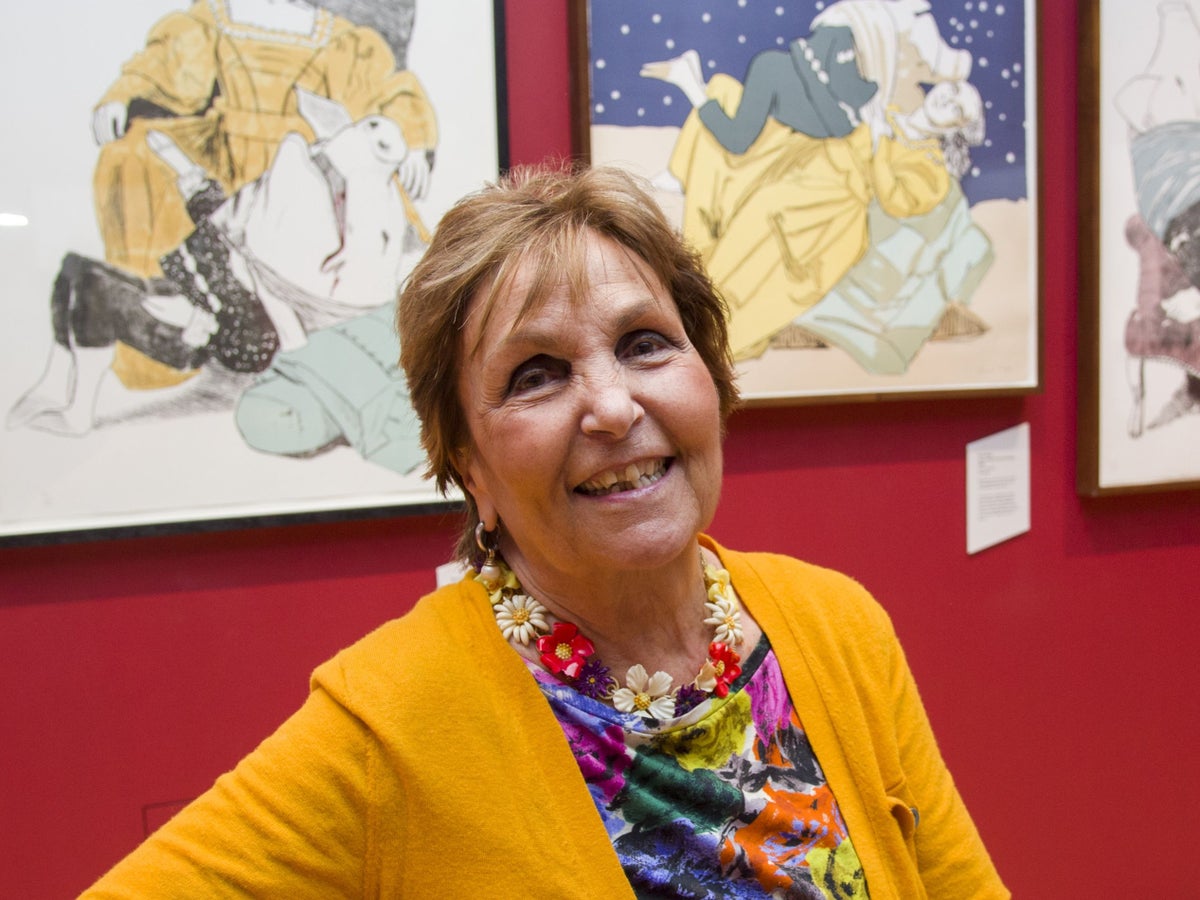
Influential Portugese-British visual artist Dame Paula Rego has died, aged 87.
Contemporary art gallery Victoria Miro announced the news on Twitter, writing on Wednesday (8 June): “It is with immense sadness that we announce the death of the Portuguese-born, British artist Dame Paula Rego at the age of 87.”
“She died peacefully this morning, after a short illness, at home in North London, surrounded by her family. Our heartfelt thoughts are with them.”
Rego, who was born in Portugal, was best known for her paintings and prints based on folk tale storybooks hailing from Portugal.
She studied at the Slade School of Fine Art, University College London. Her early career was given a boost when she became an exhibiting member of the London Group, along with fellow artists David Hockney and Frank Auerbach, in 1962.
In 1990, she also became the first artist-in-residence at London’s National Gallery.
Over the years, her style evolved from abstract to representational, but her works continued to reflect feminism.
She worked with collage until the 1970s, and, in the early 1990s, began using pastels, which she continued using until her death.
Rego's works can be found in a number of public institutions around the world, including the British Museum, London, the Metropolitan Museum of Art in New York and the Gulbenkian Foundation in her birth city of Lisbon.

Throughout her life, Rego was an advocate for women’s rights and abortion rights, and strongly criticised the anti-abortion movement.
In response to Portugal’s 1998 referendum, which aimed to legalise abortion, Rego created an art series in support. The law was not passed.
“The series was born from my indignation,” she said. “It is unbelievable that women who have an abortion should be considered criminals.”
Rego had three children with Victor Willing. Her son, Nick, directed a TV film about his mother, titled Paula Rego, Secrets & Stories, in 2017.







